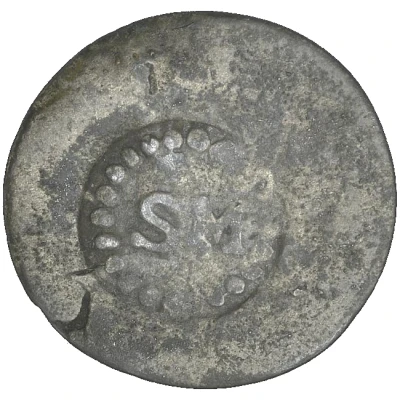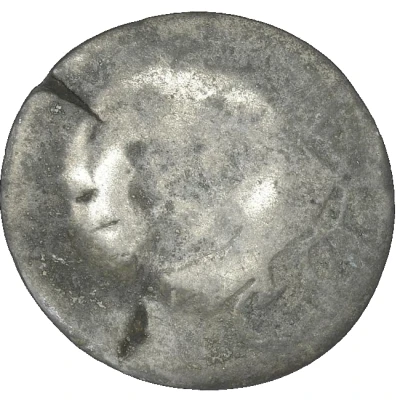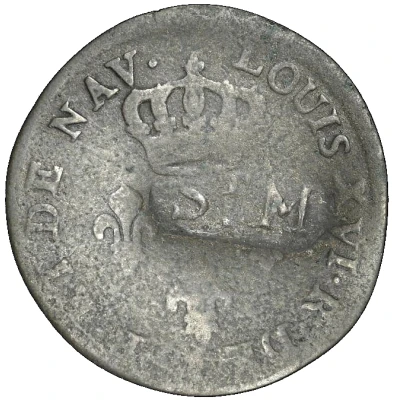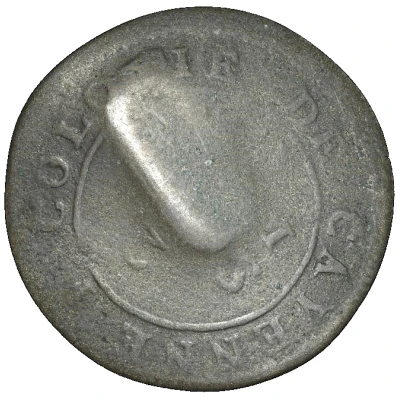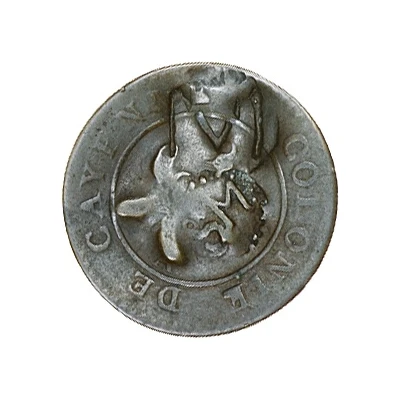
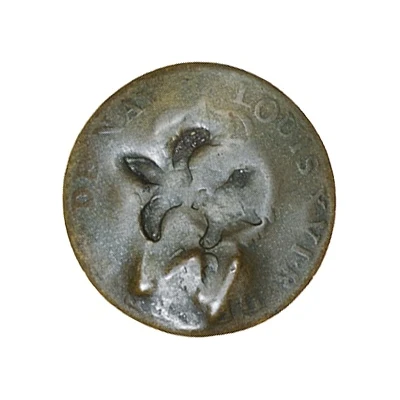

© Dix Noonan Webb
Stuiver "Cayenne-Stuiver" Countermarks C16 + C20 + fleur-de-lis ND
1798 year| Billon | 1.8 g | 23 mm |
| Issuer | Sint Maarten (Netherlands Antilles) |
|---|---|
| Type | Standard circulation coin |
| Year | 1798 |
| Value | 1 Stuiver |
| Currency | Stuiver |
| Composition | Billon |
| Weight | 1.8 g |
| Diameter | 23 mm |
| Shape | Round |
| Technique | Milled, Countermarked |
| Demonetized | Yes |
| Updated | 2024-10-06 |
| Numista | N#189233 |
|---|---|
| Rarity index | 100% |
Reverse
Cayenne Colony 2 Sous piece, which displays stacked legend surrounded by legend.
Interesting fact
One interesting fact about the Cayenne-Stuiver coin is that it was used as a form of currency in the Dutch colonies in the Caribbean, specifically in Sint Maarten, during the late 18th century. Despite being made of a relatively low-value material, billon, the coin was still widely accepted and used in everyday transactions. This speaks to the resourcefulness and adaptability of the people living in the colonies, who had to make do with the materials available to them. Additionally, the coin's design, featuring countermarks and a fleur-de-lis, reflects the cultural and political influences of the time, showcasing the rich history and diversity of the region.
